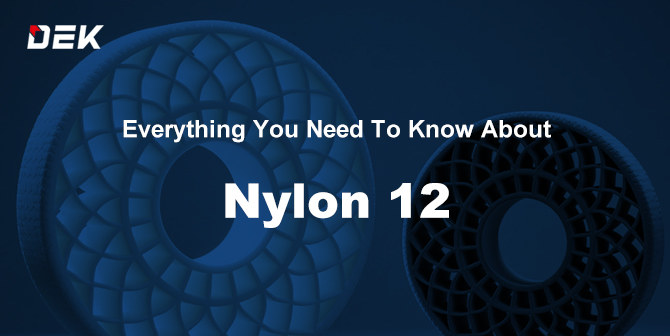In particular, we can mention that the best characteristics of nylon 12 can improve the production process of a large number of products. Some of its properties are an excellent choice for ski boots, medical catheters, protective covers, sealing rings, and sheet joints.
So, we can also find the use of nylon 12 for cover caps, flexible, sprocket damping, nozzles, flexible hose, cable insulation, and cable ties. Of course, this is not a material that is as widely used as nylon 6. Beyond that, it’s different ways of obtaining it make it a highly convenient option in these times.
Among all the polyamides that are available on the market, Nylon 12 is characterized by its low concentration of amides. In particular, these are the organic compounds that contain some nitrogen among their components. That is why we can mention its best benefits for those who decide to use this element.
Here in Polyamide 12 is an excellent choice for all types of environments that have different levels of humidity which can fluctuate. Nylon 12 as mentioned above absorbs a very low degree of moisture. This is why the dimensional stability of products with nylon 12 PA is efficiently maintained.
On the other hand, another advantage of using nylon 12 is the efficient resistance to different temperatures in a room. Here it is possible to maintain a good level of durability and resistance to the absence of impact, or the different impacts. Even this characteristic is not lost in the presence of too low temperatures that are below the freezing point.
Without a doubt, Nylon 12 has been created to provide a wide range of solutions in different products. In combination with this, when it comes to chemicals, Nylon 12 is efficient here too. So, here we can include different solvents, saltwater, fats of different types, fuels, oil, and other hydraulic fluids. Also, in more than one production process, one or more of these elements are included.
Therefore, it is becoming increasingly necessary to incorporate nylon 12 in many production processes. Besides, it is possible to use this type of nylon to encapsulate certain metal components. As mentioned, Nylon 12 can resist cracking even when under high stress. Here, the level of resistance does not give way at all.
Nylon 12 also offers an adequate level of protection and resistance to abrasion. Even, to whom we must not only include the already mentioned chemicals but other factors. Beyond that, we can continue to mention its good characteristics.
You will notice that this type of nylon can offer one of the lowest coefficients of friction. So, this is useful when running dry against certain materials, such as PBT, polyacetal, or steel. This is how this component has been included in the production process of the automotive industry.
Finally, it is one of the most processable components, and it manages to reduce vibrations as well as noise. At the same time, this type of nylon offers excellent fatigue resistance in certain harsh conditions. One of the best-known conditions is high-frequency cyclic loading.
Therefore, we can find three different versions of this nylon. Each of these options is flexible, semi-flexible, and standard nylon. While these three types of nylon share many similar characteristics, the truth is that each of them offers precise and different solutions.


